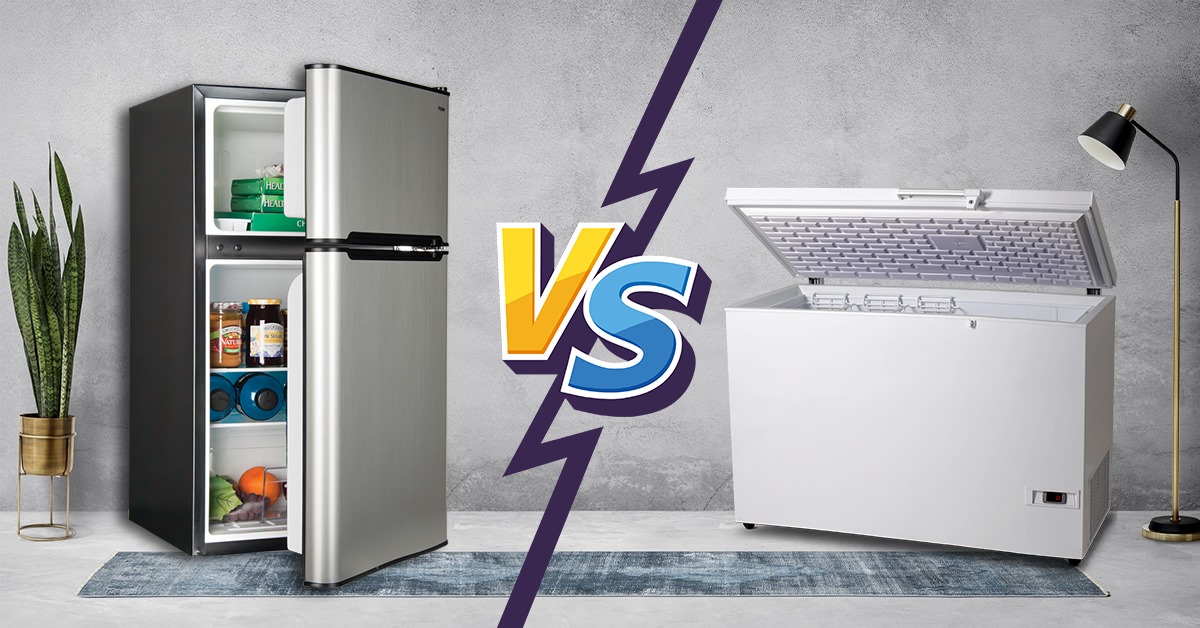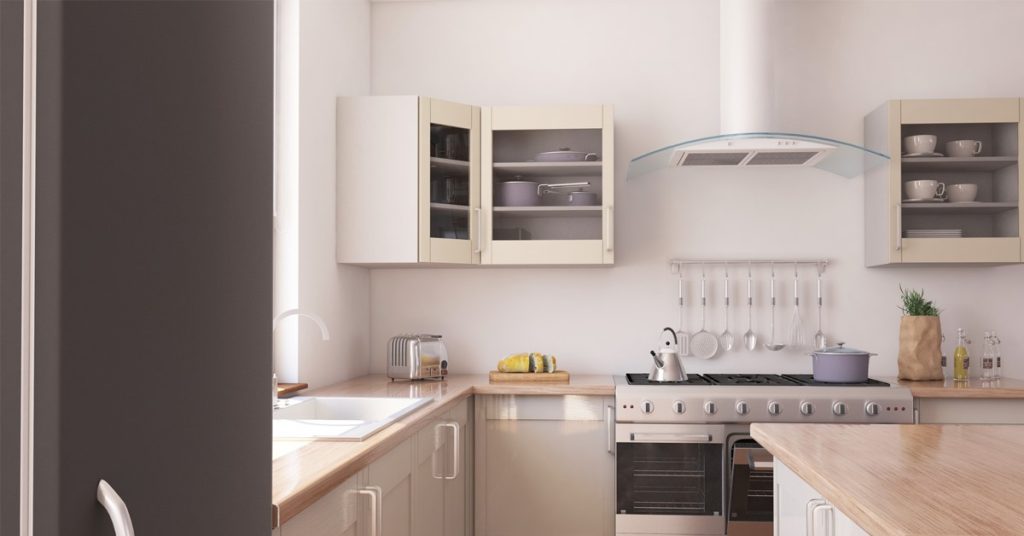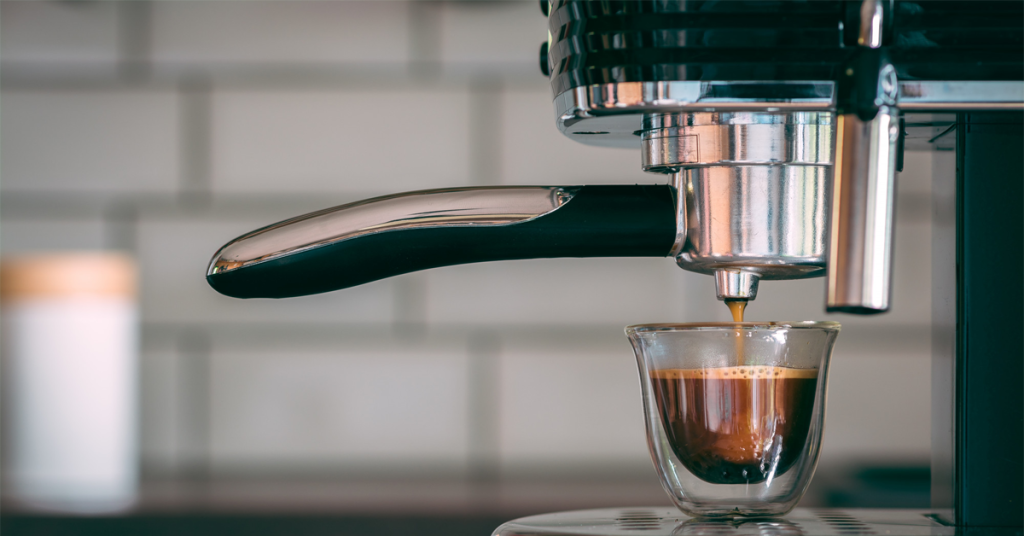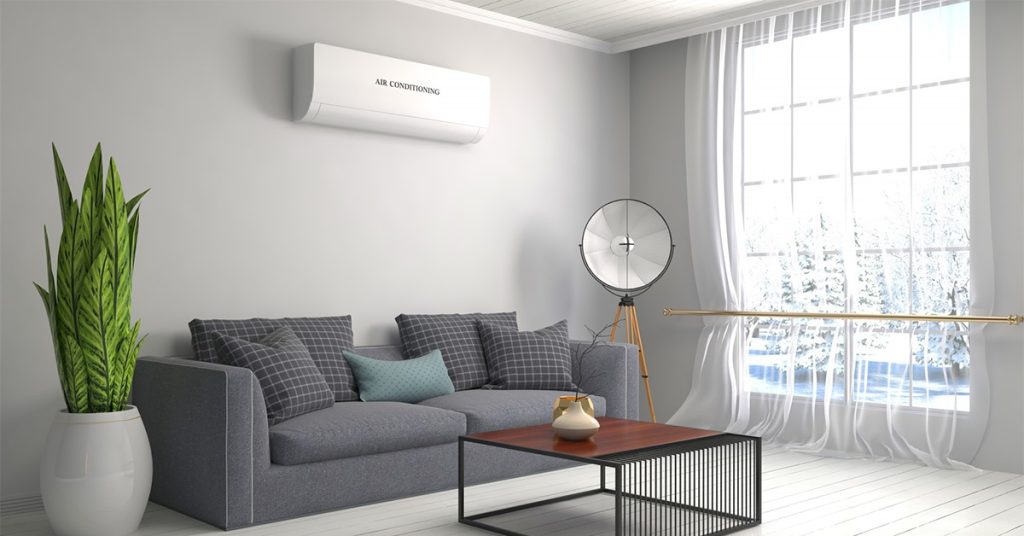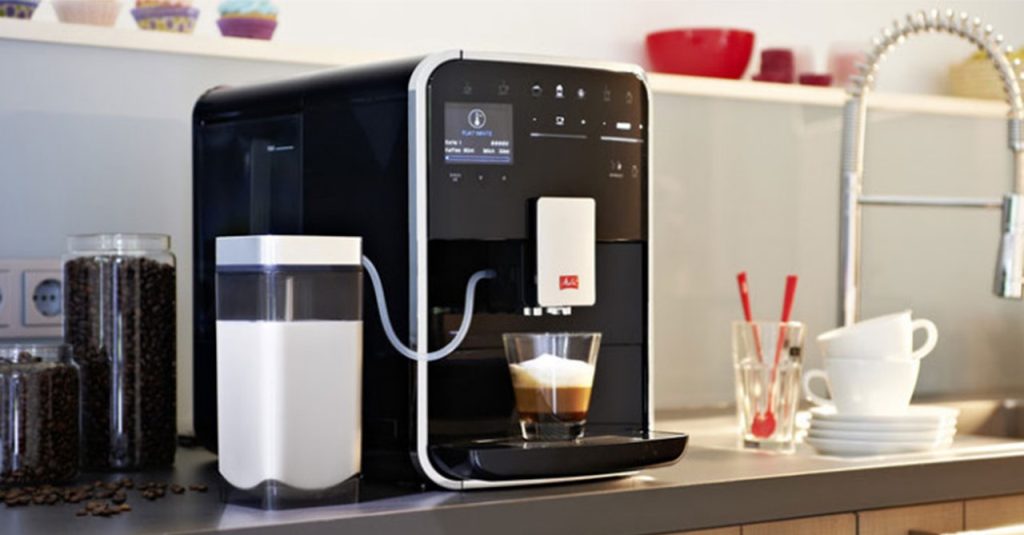The refrigerator and freezer are two essential kitchen appliances designed to maintain the quality and safety of our food. While they may seem similar, they serve distinct purposes and have unique functions. In this article, we’ll explore refrigerators and freezers individually, highlighting their roles before delving into their differences. To help you make the most of these kitchen gadgets, we’ll also provide guidance on proper usage.
The Cool Buddy
In the kitchen, your refrigerator is your cool buddy. It’s designed to keep food above freezing, typically between 34 and 40 degrees Fahrenheit (1-4 degrees Celsius). Here are some tips for maximizing your refrigerator’s performance:
Optimal Refrigerator Usage for Fresh Food Storage
The slightly chilly, but not freezing, temperature in the refrigerator inhibits bacterial growth and preserves the freshness of your food. Organize your items thoughtfully, placing those requiring refrigeration on shelves, in drawers, or designated compartments. Items like beverages and condiments that can tolerate temperature changes are best stored in the refrigerator door. Additionally, maintaining the correct temperature is essential for food safety.
The Ice King
The kitchen’s ice king is the freezer, serving a distinct purpose and operating at significantly lower temperatures, often around 0°F (-18°C):
Freezer’s Potential: Storing and Preserving Frozen Goods
The freezer is your go-to choice for preserving food quality for an extended period when it comes to frozen foods. Its low temperature effectively prevents bacterial growth, ensuring your food remains safe and retains its flavor. It’s perfect for storing meats, fish, poultry, frozen vegetables, ice cream, and frozen dinners.
Difference between Freezer and Fridge>
-
Temperature
The primary distinction between a refrigerator and a freezer is temperature. A refrigerator operates optimally at temperatures between 0 to 4 degrees Celsius, while a freezer requires significantly lower temperatures, typically between 0 and -18 degrees Celsius. It’s crucial to maintain the freezer’s temperature as low as possible for proper food preservation. If the temperature isn’t cool enough, there’s a higher risk of food spoiling.
-
Electricity Usage
Each appliance consumes a different amount of electricity, depending on how frequently the door is opened and closed. Refrigerators are typically opened and closed more often than freezers, making them work harder to maintain a lower interior temperature when the door is open, which allows warm air from outside to enter. As a result, refrigerators consume more electricity. Freezers, on the other hand, are generally more efficient and use less electricity since they aren’t opened and closed as frequently.
-
Models and Sizes
Refrigerators and freezers come in various types and sizes that differ significantly from one another. Most refrigerators have one or two doors and are available in small to large sizes. The majority of refrigerators include a small freezer in the upper compartment. If you need a modest freezer, this type of refrigerator is typically your best choice. However, if you require a larger freezer, consider choosing a separate freezer, available in various sizes and designs, such as chest freezers, refrigerators with freezer compartments, showcase refrigerators, chillers, and upright freezers.
-
Functional Mechanism
The freezer primarily operates through evaporation. It has a cooling pipe, a metal tube with a curved shape embedded in its walls, containing a liquid that rapidly evaporates. This pipe connects to a pump that draws vapor from the pipe, cooling the interior of the freezer and causing more liquid to change into vapor. In contrast, a refrigerator operates by circulating a liquid refrigerant through a hermetically sealed system, losing heat and causing the refrigerant to vaporize. As the refrigerant flows through coils outside the refrigerator, it turns back into a liquid, chilling the items within the refrigerator.
How to Effectively Use Freezer and Refrigerator
Now that we’ve explored their functions, let’s discuss how to effectively use the refrigerator and freezer together:
-
The Fresh-to-Freeze Rule
Consider freezing any fresh food you can’t use right away to reduce food waste and prevent spoilage.
-
Safe Defrosting
When you’re ready to use frozen foods, defrost them in the refrigerator, where the temperature remains constant and safe. Avoid defrosting at room temperature, as it can promote bacterial growth.
-
Regular Cleaning
Keep your freezer and refrigerator clean and well-organized. Regularly check for expired products and discard them to ensure a safe and fresh food storage area.
Keep your freezer and refrigerator clean and well-organized. Regularly check for expired products and discard them to ensure a safe and fresh food storage area.
Final Thoughts
Understanding the distinctions between a refrigerator and a freezer is essential for maintaining the freshness and safety of your food. The freezer serves as your long-term storage option, while the refrigerator is for temporary storage. By using both wisely and following recommended practices, you can reduce food waste and enjoy delicious, safe meals every day. For all your kitchen appliance needs, trust GeneralTec, your partner in preserving the quality of your food.









